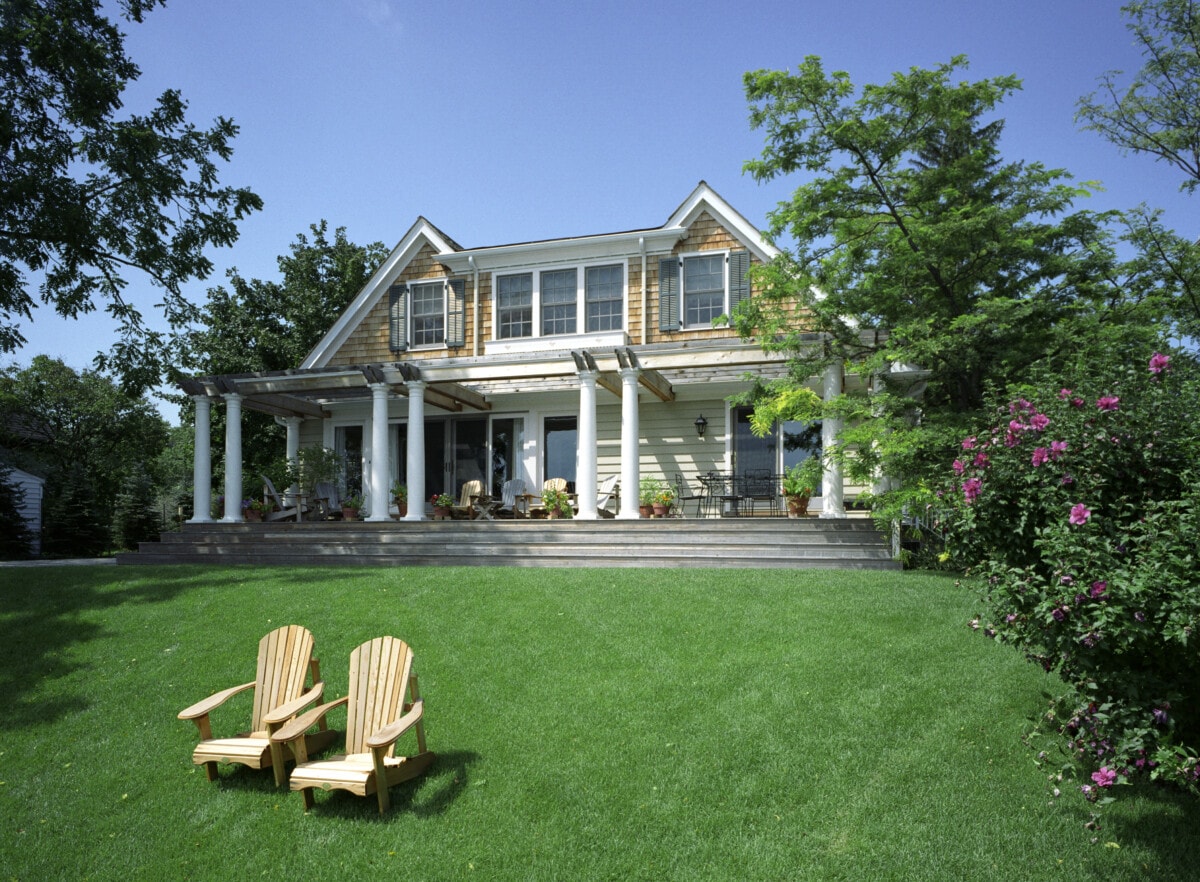Home approvals have hit their highest level in over a year across the country as the race to build 1.2 million new homes steps up a gear.
Queensland is blitzing the competition, with a 26 per cent increase in the number of homes approved in September than a year prior, followed by South Australia with a 14 per cent rise, according to the latest Bureau of Statistics figures.
RELATED: Qld’s fastest growing city hires 48 new staff for building approvals
Nationally, home approvals are at their highest level since May 2023, with houses making up the majority of annual growth.
Approvals for houses jumped nearly 17 per cent in the year to the end of September 2024. Image: Stefan Postles.
Approvals for houses have jumped nearly 17 per cent since September 2023, while apartment approvals are down 12 per cent compared to a year ago.
“This is welcome news amid our current housing shortage as some areas have recorded
a high volume of building approvals in the past year,” PropTrack economic analyst Megan Lieu said.
She said there were numerous local government areas (LGAs) that were likely to see
a significant uptick in the supply of new homes in the short to medium term.
PropTrack economic analyst Megan Lieu. Supplied
In South Australia, these areas include Playford, Port Adelaide and Onkaparinga for houses and Charles Sturt, Norwood and Marion for apartments.
In Queensland, the Logan, Moreton Bay and Brisbane LGAs have seen the biggest rise in house approvals in the past year, while the Gold Coast, Brisbane and Sunshine Coast LGAs have topped the list for apartments.
“The high number of approvals is positive news for these areas as it reflects a strong uplift in
housing stock, which is crucial given the country’s current housing shortage,” Ms Lieu said.
A new residential estate in Logan, which saw a large increase in home approvals in the past year.
“Higher supply could also lead to more affordable options and improved infrastructure in these areas.”
While the number of approvals has risen across the country, New South Wales and Victoria have actually recorded falls of 23 per cent and half a per cent, respectively, in the past year.
The Blacktown, Liverpool and the Hills Shire LGAs in NSW led in terms of approval numbers for houses, while Parramatta, Bayside and Hills Shire saw relatively strong apartment approvals.
A house under construction in Melbourne, which saw one of the larger gains in home approvals in the past 12 months. Image: Stefan Postles.
In Victoria, Casey, Melton and Wyndham have seen the highest house approvals, while apartments were strongest in the Melbourne, Port Phillip and Stonnington LGAs.
Ms Lieu said that although the number of approvals nationally had been trending upwards since the start of the year, it was still lower than the pre-pandemic average from 2010 to 2019 by 10 per cent.
“Strong population growth coupled with prolonged build times for homes has widened the
demand and supply gap and exacerbated the housing crisis,” she said.
A house in Melton in Melbourne, which has seen a rise in home approvals.
“With a national target to build an additional 1.2 million homes by 2030, appropriate policy
changes must be made to encourage faster construction timelines.”
Property Council group executive of policy and advocacy Matthew Kandelaars said despite the increase in home approvals, there was still work to be done.
“While it is pleasing to see an uplift in the number of homes approved, we won’t meet our housing targets unless we keep increasing this at pace,” Mr Kandelaars said.
“Consistent results like this, month after month, are essential.
“It is particularly apparent that we are just not building apartments at the levels we used to, and those approvals remain below where they need to be. High construction costs, sluggish planning processes and taxes that hinder apartment projects are now limiting supply.”



















 English (US) ·
English (US) ·